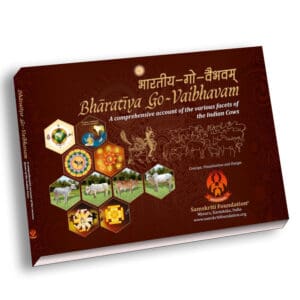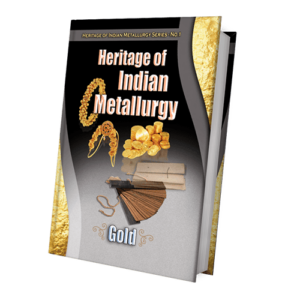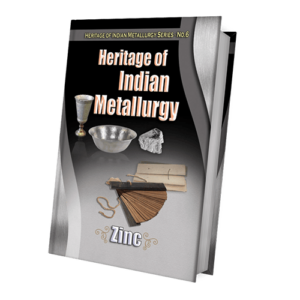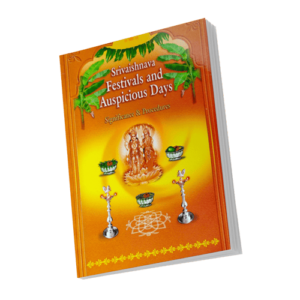Metallurgy in Indian through the ages
Can we imagine a World without metals? Prior to metals wood and stone was extensively used but was not suitable for all applications for its limited characteristics and properties. The history of Metallurgy in the Indian subcontinent originates as early as 1st millennium BCE and has been a prominent centre ever since. Metals were mentioned in Vedic age texts with Sanskrit term for metal called ‘Ayas’.
Metals have shaped the evolution of mankind by creating and dominating civilizations. The Indus Valley civilization was prominent for metals with places like Mohenjadaro, Harappa and Lothal being major markets for metal exchange. Metals gave rise to a new occupation, shaped communities, shifted emphasis towards artisans and skilled labourers. It allowed for advancements in fields like agriculture, construction, art and medicine.
Traces of containers, coins, jewellery and implements have been acquired dating back to the Rigvedic age, suggesting the prominence of metal usage. Additionally, records from ancient texts and biographies of travellers from across the world hold proof/ provides testimonies of the rich heritage and culture of metal usage in ancient India.
This book seeks to explore and explain the origins and usage of major metals like copper, silver, gold, bronze, zinc and lead, dating back from the 1st millennium BCE to trading metals across the world. The various techniques of extraction, purification and usage have been described in detail. Also, the mixing of various metals to form alloys of desirable properties leading to ample opportunities for applications have been detailed.
Digital version coming soon.





